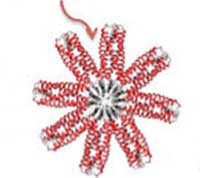 Researchers have engineered nanoscale protein micelles capable of both delivering chemotherapeutic drugs and of being tracked by magnetic resonance imaging (MRI).
Researchers have engineered nanoscale protein micelles capable of both delivering chemotherapeutic drugs and of being tracked by magnetic resonance imaging (MRI).
Wednesday, March 20, 2019
Visualizing better cancer treatment with nanoscale protein micelles
 Researchers have engineered nanoscale protein micelles capable of both delivering chemotherapeutic drugs and of being tracked by magnetic resonance imaging (MRI).
Researchers have engineered nanoscale protein micelles capable of both delivering chemotherapeutic drugs and of being tracked by magnetic resonance imaging (MRI).
Studying the fundamentals of 3D active matter
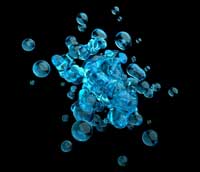 Active matter is a relatively new field of soft matter research in physics and still in need of some basic principles.
Active matter is a relatively new field of soft matter research in physics and still in need of some basic principles.
Terminator-like liquid metal moves and stretches in 3D space (w/video)
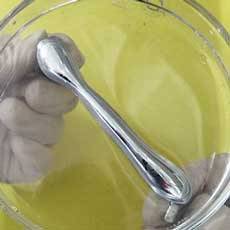 Scientists report the development of new liquid metals that can be manipulated in 3D space with magnets.
Scientists report the development of new liquid metals that can be manipulated in 3D space with magnets.
Scientists discover chiral crystals exhibiting exotic quantum effects
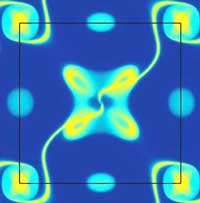 Crystals possessing 'handedness' exhibit unusual properties. New evidence suggests that they can host electrons moving like slowed down light and their collective behavior mimics magnetic monopoles.
Crystals possessing 'handedness' exhibit unusual properties. New evidence suggests that they can host electrons moving like slowed down light and their collective behavior mimics magnetic monopoles.
Computer scientists create programmable self-assembling DNA
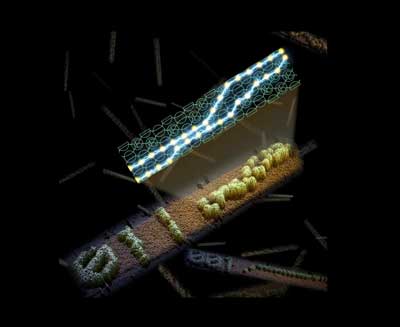 Computer scientists have created DNA molecules that can self-assemble into patterns essentially by running their own program.
Computer scientists have created DNA molecules that can self-assemble into patterns essentially by running their own program.
Lithium ions flow through solid material
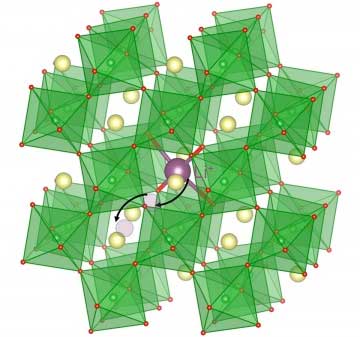 Scientists have merged materials science and condensed matter physics in a study of a promising solid material that conducts lithium ions.
Scientists have merged materials science and condensed matter physics in a study of a promising solid material that conducts lithium ions.
Micro- and nanomaterials, including clothing for Olympic athletes
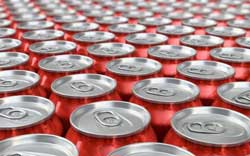 A research team of materials engineers and performance scientists has been awarded GBP1.8 million to develop new products - in areas from the motor industry to packaging and sport - that make use of micro and nanomaterials based on specialist inks.
A research team of materials engineers and performance scientists has been awarded GBP1.8 million to develop new products - in areas from the motor industry to packaging and sport - that make use of micro and nanomaterials based on specialist inks.
Want in on nanotechnology? Capitalize on collaborative environments
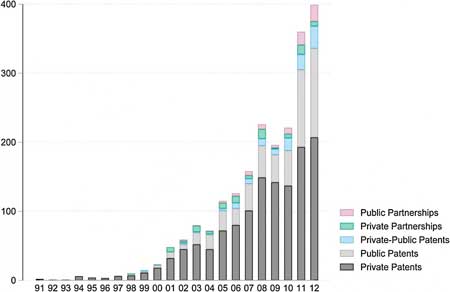 New study shows that partnerships could assist successful technology transfer and possibly, breakthroughs in innovation.
New study shows that partnerships could assist successful technology transfer and possibly, breakthroughs in innovation.
Fish-inspired material changes color using nanocolumns
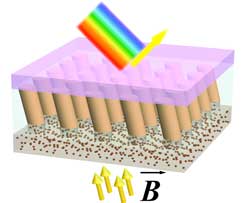 Inspired by the flashing colors of the neon tetra fish, researchers have developed a technique for changing the color of a material by manipulating the orientation of nanostructured columns in the material.
Inspired by the flashing colors of the neon tetra fish, researchers have developed a technique for changing the color of a material by manipulating the orientation of nanostructured columns in the material.
Atom-by-atom control of complex electrochemical interfaces for separations
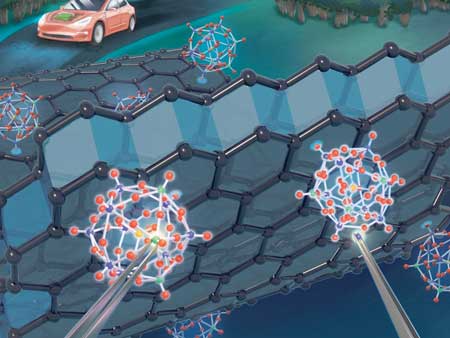 Prceision control of metals in nanocluster-based electrodes reveals clues to improving chemical separations.
Prceision control of metals in nanocluster-based electrodes reveals clues to improving chemical separations.
Materials design in 3D: from the molecule to the macrostructure
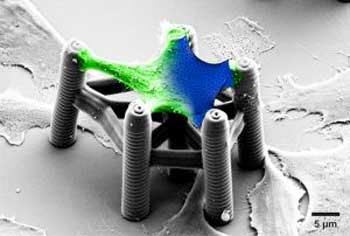 Researchers plan to raise three-dimensional additive manufacture to the next level. The goal is to develop new technologies for flexible, digital printing of structures from the molecular to the macroscopic scale.
Researchers plan to raise three-dimensional additive manufacture to the next level. The goal is to develop new technologies for flexible, digital printing of structures from the molecular to the macroscopic scale.
Subscribe to:
Comments (Atom)
